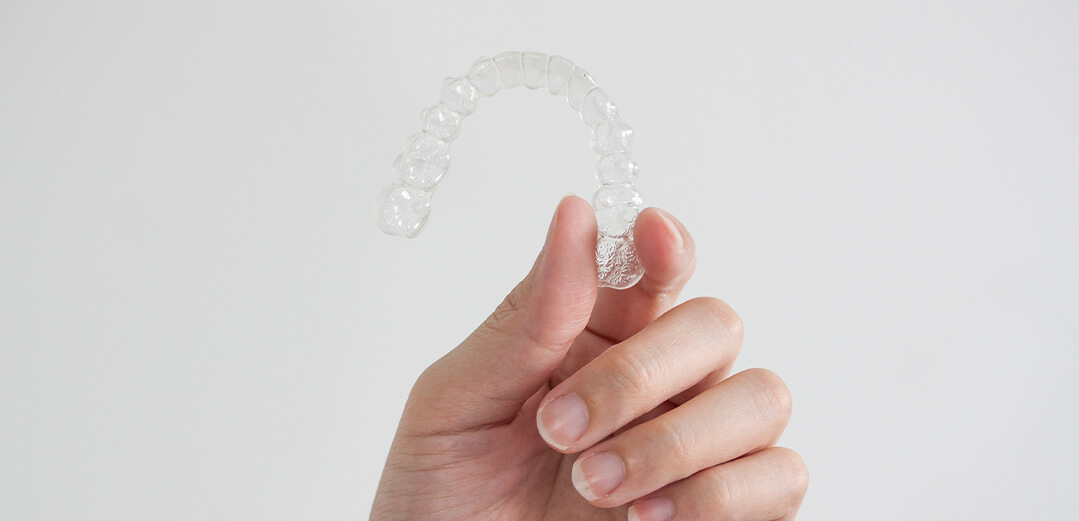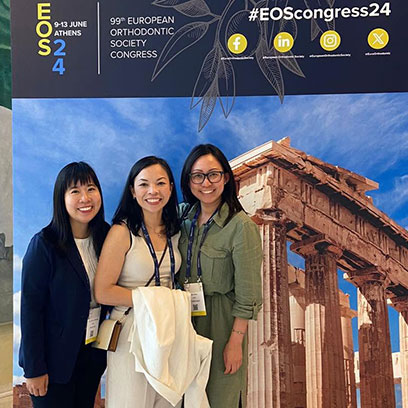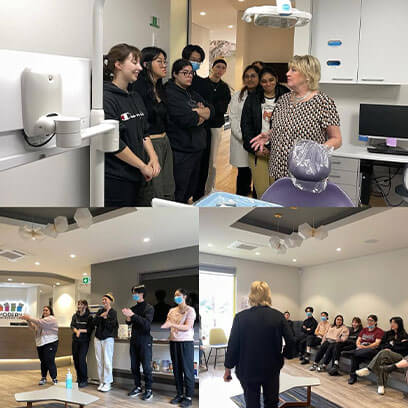However, with everything, Invisalign® is not free from its share of myths. Here are 7 Invisalign® myths that you may be subscribing to. Read the following and free yourself from the Invisalign® myth, so that you can make an informed decision.
Myth 1: Invisalign® is only for adults
The only truth is that Invisalign® was created to be discreet, invisible. This means it was created for anyone who didn’t want to use metal braces or other traditional orthodontics methods. There is no age barrier for using Invisalign®.
The most effective time to start the treatment is when all the “baby teeth” have fallen out… which happens by the age of 12 or 13. But, if you’re older and want to get your teeth fixed, Invisalign® still works for you.
Invisalign® is the same type of system as the traditional one, with one exception: aligners contribute to the teeth and jaws’ continued growth. They also have indicators that tell their dentist and other adults whether or not a patient has been wearing their aligners as often as instructed. This helps to guarantee compliance and better outcomes from orthodontic therapy.
Myth 2: Invisalign® is less effective than braces
It is true that Invisalign® can’t correct all kinds of orthodontic problems. But it can be just as effective for typical alignment problems and crooked or crowded teeth. With regular visits to an expert dentist, more complex instances may also be treated successfully with Invisalign®.
And since Invisalign® can be removed, patients are more willing to use them instead of traditional braces. However, the efficacy of Invisalign® treatment depends on patients wearing their aligners for at least 20 to 22 hours a day… only removing them to eat, drink, brush and floss to optimize contact between the aligners and teeth.
Sydney grass laying expert Nick says, “Just like we fix grass problems by laying natural or artificial grass, Invisalign® fixes our teeth problem. I’ve had braces early in my life. But if I had Invisalign® during my time, I would definitely go for Invisalign®. They are so much more convenient and non-intrusive.”
Myth 3: Invisalign® can only fix mild orthodontic issues
That was true in the early days of Invisalign®. When the Invisalign® technology was still in its infancy, it was useful for only minor straightening issues. But technology has advanced and now, Invisalign® can treat most typical mal-alignment and even more complex situations when performed by a qualified dentist.
Clothing template designer Patricia says, “Invisalign® is just like a blank template. It helps you shape your teeth into the preferred straight shape to show off that smile. Just like you can manipulate a blank template to create your preferred clothes design, Invisalign® can help you get the preferred straight-shape.”
Open bite, underbite, crowding, and gaps are all common orthodontic issues that may usually be resolved with Invisalign® treatment. However, every situation is different, so contact us today to see what works for you.

Myth 4: Invisalign® treatment is faster or slower than braces
The reality is… teeth straightening time varies from case to case and there is no fixed treatment time.
With that said, on average it takes around 12 to 18 months to straighten teeth using Invisalign®. In comparison, braces average at about 2 years to achieve the same results… but that includes more complex orthodontic needs. Milder cases can be treated with Invisalign® or braces in 6 months or even less.
But again, as we mentioned in Myth #2, Invisalign® treatment time is dependent on the time you use your Invisalign® aligners for. A general recommendation is 18-22 hours a day. Taking out aligners more often during the day will definitely reduce the effectiveness and increase the treatment time.
Myth 5: Invisalign® is painful
While any orthodontic treatment has some pain associated with it because dentists need to apply pressure to move or realign teeth into their new position. But when comparing braces and Invisalign®, braces tend to be more painful and more unpleasant for patients.
Since Invisalign®s are removable and don’t have sharp edges like braces, they feel smoother and more pleasant on the teeth. This also avoids scratches and cuts on the lips and cheeks, unlike braces where that risk remains.
If your Invisalign® treatment is unpleasant or more inconvenient than you anticipated, something has gone wrong. For assistance, or to make adjustments to your aligners, make an appointment to see your dentist.
Wollert security sliding door expert Con says, “Getting Invisalign® and security doors is the same. Security door prevents you from the pain of future chances of burglary. And Invisalign® gives you freedom from the pain of self-doubt and low self-esteem. When I had my braces, it was an agonising experience. But my kids got Invisalign® which was less painful.”
Myth 6: Invisalign® affects your oral hygiene
Cleaning your teeth and gums is more difficult and time-consuming when traditional orthodontics are used, as the braces or other fixed appliances must be worked around while also cleaning the brackets and wires. Brushing at night may not only interfere with the effectiveness of orthodontic therapy, but it can also contribute to the development of dental issues such as tooth decay and gum disease.
Since Invisalign® aligners can be removed, there’s nothing to stop you from continuing with your regular teeth cleaning habits. Brushing the teeth more frequently throughout the day, as suggested by your dentist, can help to prevent plaque from accumulating beneath the aligners and should also be done with cleaning of the aligners.
Myth 7: You don’t have to wear a retainer after Invisalign®
Unfortunately, orthodontics with Invisalign® doesn’t eliminate the need to wear a retainer after your treatment to help maintain your new, straighter smile. Without a retainer holding your teeth in place, they’re likely to shift back towards their previous alignment, undoing all your hard work and requiring a repeat treatment.
So, these are the most popular myths surrounding Invisalign® treatment. If you have any questions, you can contact our team of experts to get your questions answered.
Written by: Nicholas May
Nicholas May is an aspiring writer and content creator. He is driven to create content that increases website traffic, clicks and conversions. And hopes to one day launch his own business with the skills he has learned.

















